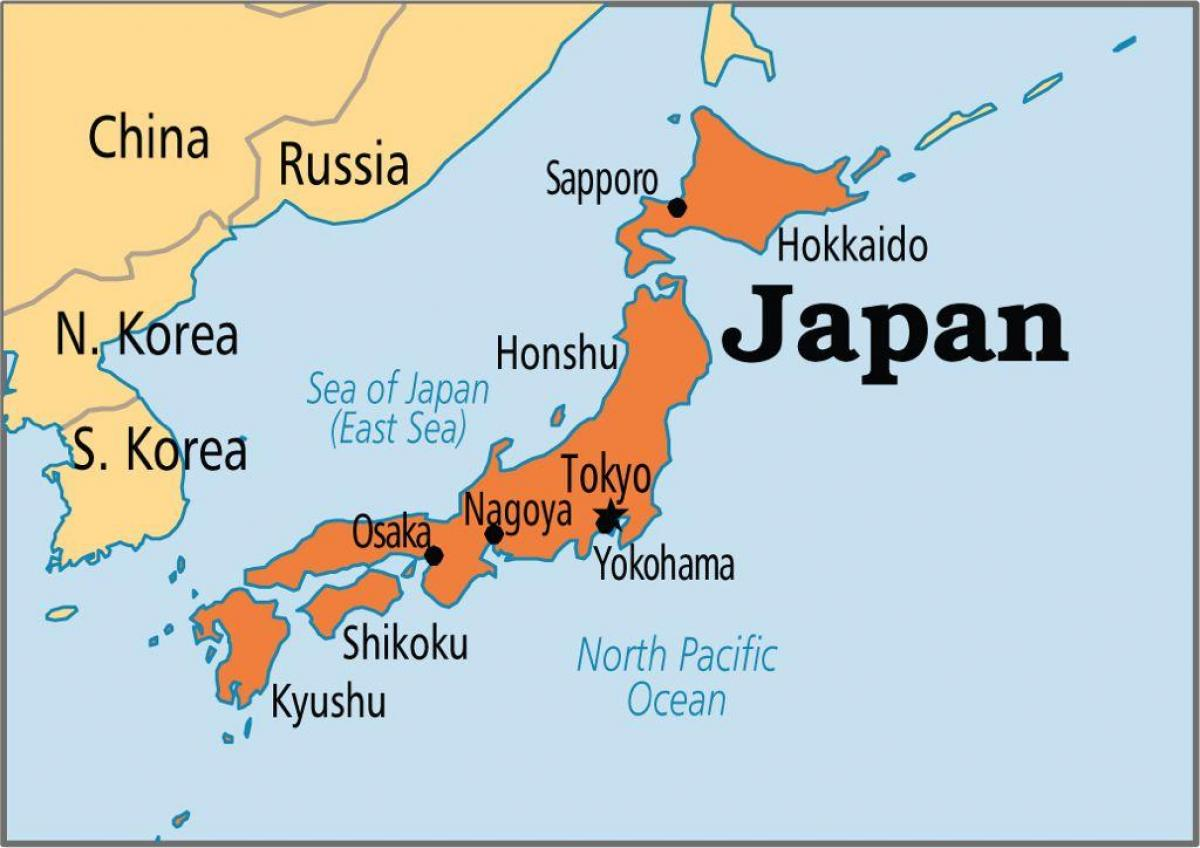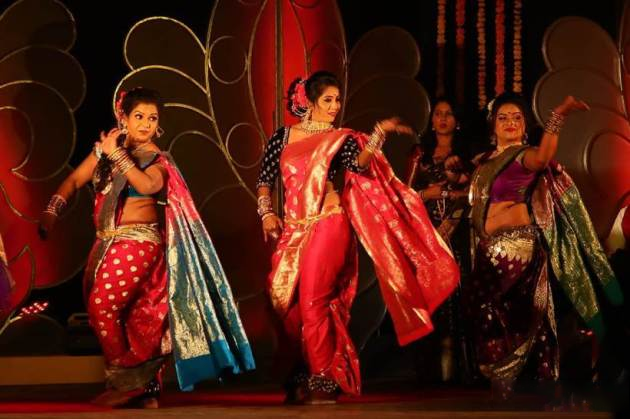Miscellaneous
Rapid Fire Current Affairs
- 18 Feb 2023
- 6 min read
Aero India 2023
Aero India 2023 was Organised at Air Force Station, Yelahanka, Bengaluru from 13th Feb-17th Feb, 2023. The event was the biggest-ever till date and witnessed the participation of 98 countries, according to the Ministry of Defence.
This year's theme is 'The runway to a billion opportunities' and the focus is on showcasing India's growth in aerospace and defense capabilities.
Events included Defence Ministers’ Conclave, a CEOs Round Table, Manthan start-up event, and Bandhan ceremony (for forging and renewing partnerships between business entities), Air show (open to the public) with aerial displays being the highlight.
MoUs included the ones between Gopalan Aerospace India Private Limited and Omnipol of Czech Republic for manufacturing and assembling 1st passenger aircraft by a private company in India.
Read More: Aero India 2023.
What are Volatiles?
Volatiles are elements or compounds that change from solid or liquid state into vapour at relatively low temperatures. The most common volatiles are carbon dioxide, nitrogen, ammonia, hydrogen, methane, sulphur dioxide and water.
New research suggests that some of the well-known volatiles may have come from beyond inner solar system such as zinc, a volatile, has come from asteroids originating in the outer Solar System beyond the asteroid belt.
Without contribution of outer Solar System material, the Earth would have had fewer concentrations of volatiles, making the planet drier and potentially unable to nourish and sustain life.
Material with a high concentration of zinc and other volatile constituents is also likely to be rich in water, giving clues about the origin of Earth’s water.
In a recent study, the researchers examined meteorites from the inner Solar System, known as non-carbonaceous meteorites, and from the outer Solar System, known as carbonaceous meteorites.
While the Earth only incorporated about ten percent of its mass from carbonaceous bodies, this material supplied about half of Earth’s zinc.
The Japanese Archipelago now has Double the Islands from 1987
The Japanese archipelago, that lies just off the coast of Eurasia, now has 14,125 islands, which is double from 6,852, the official figure of 1987.
The survey used the definition of ‘island’ as defined by the United Nations Convention on the Law of the Sea. It states that an island is a “naturally formed area of land, surrounded by water, which is above water at high tide.”
Survey selected only those islands with Circumference of 100 meters or greater.
The reason behind the increase in the number of islands may be tectonic plate movement, 2011 Tohoku Earthquake in Japan (could have removed or added small islands) or small pieces of land just above the waterline can show up as islands when one takes an electronic photograph from a satellite.
With sea levels going up, many islands will disappear in due course of time.
Japan is the fourth-largest island nation globally. However, Japan's population is concentrated on four islands known as the ‘Home Islands’ -Honshu, Hokkaido, Kyushu and Shikoku.
Read More: Kuril Islands.
Lavani Folk dance
Recently, Several Senior performers of Lavani have called for ban on vulgar performances, in the name of Lavani.
Lavani is a traditional folk-art form of Maharashtra in which women dancers wearing nine-yard-long sarees in bright colours, make-up, and ghunghroos perform on dholak beats on a stage before a live audience. The word Lavani comes from ‘lavanya’ or beauty.
It attained popularity in the Peshwa era in the 18th century. Traditionally, performances were held in front of kings or lords, and for the entertainment of tired soldiers resting during breaks in fighting.
| State-wise Famous Folk dances of India | |
| State of Origin | List of Folk Dances in India |
| Andhra Pradesh | Vilasini Natyam, Bhamakalpam, Veeranatyam, Kolattam |
| Arunachal Pradesh | Buiya, Chalo, Wancho, Ponung, Popir |
| Assam | Bihu, Bichhua, Natpuja, Maharas, Kaligopal, Bagurumba, Naga dance, Khel Gopal |
| Bihar | Jata-Jattin, Jhijhiya |
| Chhattisgarh | Gaur Maria, Raut Nacha, Vedamati, Kapalik |
| Gujarat | Garba, Dandiya Raas, Bhavai |
| Goa | Tarangamel, Koli, Fugdi, Samayi nrutya |
| Haryana | Jhumar, Phag, Daph |
| Himachal Pradesh | Jhora, Jhali, Dhaman, Chhapeli |
| Jammu & Kashmir | Rauf, Kud Dandi Nach |
| Jharkhand | Agni, Jhumar, Janani Jhumar, Paika, Phagua |
| Karnataka | Yakshagana, Huttari, Karga |
| Kerala | Ottam Thullal, Kaikottikali |
| Maharashtra | Lavani, Nakata, Koli, Lezim, Gafa, Dahikala Dasavtar |
| Madhya Pradesh | Jawara, Matki, Aada, Khada Nach, Phulpati, Selalarki, Selabhadoni |
| Manipur | Dol Cholam, Thang Ta, Lai Haraoba, Pung Cholom |
| Meghalaya | Nongkrem, Laho |
| Mizoram | Cheraw Dance, Khuallam, Chailam, Zangtalam |
| Nagaland | Rangma, Zeliang, Bamboo dance |
| Odisha | Savari, Ghumara, Painka, |
| Punjab | Bhangra, Giddha, Daff, Dhaman, Bhand |
| Rajasthan | Ghumar, Chakri, Ganagor, Jhulan Leela, Jhuma |
| Sikkim | Singhi Chaam or the Snow Lion, Yak Chaam |
| Tamil Nadu | Kumi, Kolattam, Kavadi |
| Tripura | Hojagiri |
| Uttar Pradesh | Nautanki, Raslila, Kajri, Jhora, Chappeli |
| Uttarakhand | Garhwali, Kumayuni, Kajari, Jhora, Raslila |
Read More: Indian Classical Dances.








